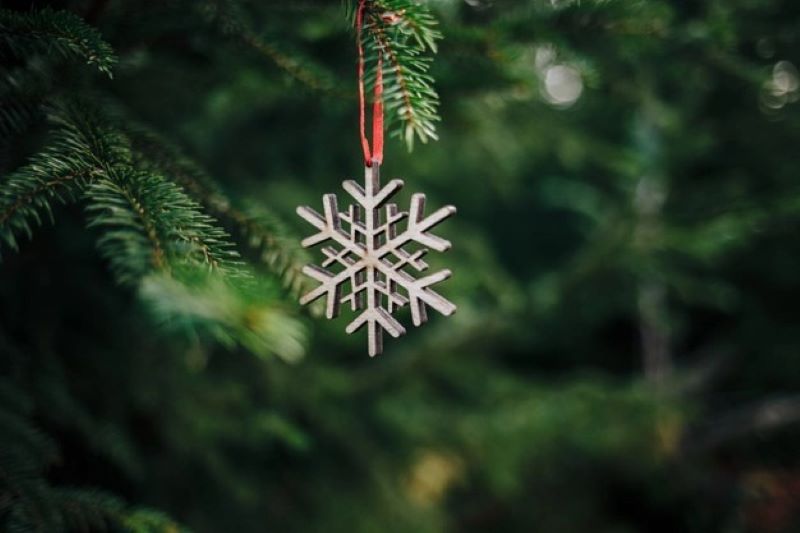Christmas is a time of joy and celebration, a time of love and togetherness. But beyond the presents and the Christmas tree lies a rich tapestry of Yuletide traditions and customs, steeped in symbolism that dates back centuries. The holiday season is filled with reverence and wonder, and it is important to understand the significance of these traditions and their importance in our lives.
The Origins of Christmas
The origins of Christmas date back to ancient times, long before the Christian era. The Romans celebrated Saturnalia, a festival in honor of Saturn, the god of agriculture, in late December. The festival was marked by feasting, gift-giving, and the lighting of candles. It was a time of revelry, when social norms were overturned and people let loose.
Christianity adopted the date of Saturnalia to celebrate the birth of Jesus, the son of God, and transformed the holiday into a time of religious significance. The holiday was celebrated with hymns, prayers, and feasting, and the tradition of giving gifts was linked to the story of the Magi, who brought gifts to the baby Jesus.
The Symbolism of Christmas
The Christmas tree is one of the most recognizable symbols of the holiday season. The tradition dates back to the 16th century, when Germans began decorating trees with candles and other ornaments. The tree symbolizes life, and the lights represent the hope and promise of the coming year.
The Yule log is another symbol of the holiday season. The ancient Norse celebrate Yule, a winter solstice celebration that marked the return of the sun. The Yule log was burned as a symbol of the sun’s warmth and light. It was believed that the log, when lit, would protect against evil spirits and bring good luck in the coming year.
The colors of Christmas are also rich in symbolism. Red symbolizes the blood of Christ, while green represents eternal life. White is a symbol of purity, and gold represents the wealth and majesty of royalty.
Christmas Customs
The customs associated with Christmas are as varied as they are meaningful. From caroling to the exchange of gifts, each tradition has its own significance.
Caroling is an old English tradition, where groups of people would go house to house singing Christmas songs. The tradition was a way of spreading holiday cheer and also provided some additional income for the musicians.
The exchange of gifts is one of the most beloved Christmas customs. The tradition is linked to the story of the Magi, who brought gifts to the baby Jesus. Today, giving gifts is a way of expressing love and appreciation for those who are important in our lives.
The Christmas feast is another important tradition. The meal is a time of celebration and abundance, and is usually shared with family and friends. The feast is a reminder of the importance of sharing and generosity, values that are central to the holiday season.
Conclusion
The symbolism and traditions of Christmas are an integral part of our holiday celebrations. They remind us of the values of love, generosity, and togetherness that are at the heart of the season. By understanding the significance of these customs, we can deepen our appreciation of the holiday and create deeper connections with our loved ones. Whether it’s the lighting of the Christmas tree, the exchange of gifts, or the sharing of a meal with family and friends, the traditions of Christmas are a reminder of the joy and wonder of the season.

